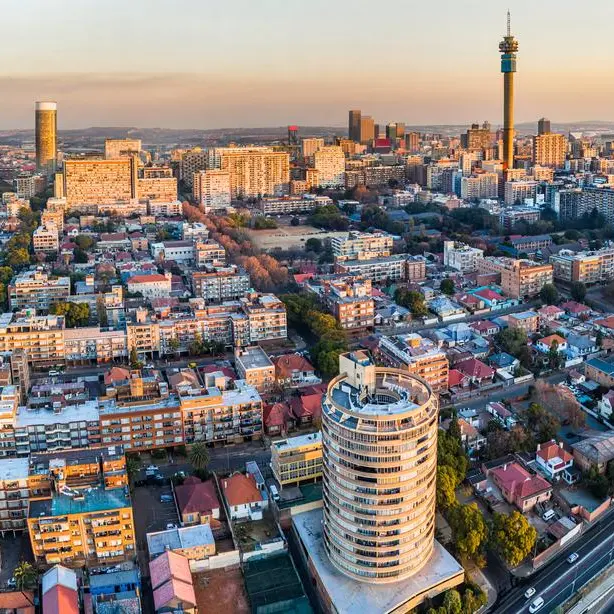PHOTO
The slow uptake of fully electric vehicles in Uganda has prompted authorities to exempt manufacturers from paying duties to drive sales, attract investment, and potentially decarbonise.
While e-automotive importers and makers in Uganda have been benefiting from government support and tax incentives meant to fuel a shift from internal combustion engines, the country boasts 44 four-wheeler vehicles that are 100 percent electric registered.
The slow and conscious approach from e-vehicle suppliers and buyers sent signals to policymakers that the incentives failed to fuel a faster shift from diesel and petrol-powered vehicles.“We are sending a signal to the market. You will see sales of e-vehicles increase with time,” said Francis Twinamatsiko, the assistant commissioner Tax Policy Department in Uganda’s Ministry of Finance Planning and Economic Development.
He is positive about the e-vehicle market outlook in Uganda. In the 2024/2025 financial year budget, e-vehicles have been exempted from the 18 per cent value-added tax, stamp duty and income tax. The incentives also apply to batteries, charging equipment, and bodies.
This year’s incentives are an addition to the import duty exemptions e-motorcycles, electric four-wheelers, and hybrid cars will also enjoy.
Steward Mulaabi, a tax and legal manager at Deloitte Uganda Limited says the excise duty exemption the industry already enjoys is meant to correct the negative externalities of driving fossil fuel-guzzling vehicles which have exposed the economy and individuals to health risks.
The World Health Organisation (WHO) reported that Kampala’s air is nine times more polluted than the recommended limit,” says Mr Mulaabi, explaining that Kampala is trying to reduce the cost of e-vehicles and at the same time increasing the cost of fuel shows a government reducing pollution.
The tax cuts thus, are set to attract investors in mass transport to embrace environmentally sustainable means of mass transport.“One can argue that the government is trying to correct the negative effects of fossil fuels, by giving the option of clean energy by incentivising supply and acquisition of e-vehicles,” Mr Mulaabi adds.
The fresh tax incentives will benefit State-owned automotive maker Kiira Motors Corporation (KMC) which is already assembling electric buses.
On June 6, the company transferred a batch of eight, 8-metre-long Kayoola electric buses from National Enterprise Corporation (NEC) manufacturing facilities at Nakasongola to its delivery centre at the Kiira Motors Vehicle Plant, whose construction is nearing completion in Jinja.“We have so far made a total of 27 busses from the Nakasongola plant,” Thatcher Nakimuli Mpanga, the product designer gives the e-vehicle industry in Uganda a positive outlook, driven by increased sales and more investments in the auxiliary industry in Uganda, to support vehicle making.
KMC is now working to establish a network of its fast-charging infrastructure to cater for its customers and other Ugandans who have embraced the electric vehicle transition.“We are in the process of onboarding several partners with whom we shall work to ensure that a robust charging network is established across the country,” says Ian John Kavuma, Kiira Motors’ quality inspection and testing manager.
Kiira Motors offers fast chargers ranging between 60kW and 360kW at the Jinja plant, Kampala showroom and the Nakasongola-based Luwero industries.
Benon Mascot, deputy general manager of sales and marketing Motorcare, cites a few charging and battery swapping points as one of the infrastructure challenges.“The infrastructure challenges have slowed the adoption of e-vehicles in Uganda. Kampala has over 910 battery-powered motorcycles but the riders complain about the staggered battery swapping points,” he says.
Uganda’s Ministry of Energy is investing in five commercial charging stations, according to Irene Batebe, Permanent Secretary in the ministry. She says the measures are in line with the country’s energy efficiency drive supported by the energy policy.
Read: Kenya bets on electric mobility to protect ageing system“The procurement of the charging systems is aligned with Uganda’s goal to decarbonise the transport industry,” she says.“If the ministry also wants to convert some of its fleet into a more efficient fleet, we should also be able to access the charging facility. Though the operating costs associated with EVs are significantly lower than gasoline-powered vehicles and more used EVs are becoming available, the purchase price of new EVs remains a barrier for many potential owners,” she adds.
The government business, with a design capacity of 5000 units a year, needs over Ush520 billion ($138 million) to finance its five-year ambitious plan which is already in the second year. © Copyright 2022 Nation Media Group. All Rights Reserved. Provided by SyndiGate Media Inc. (Syndigate.info).























